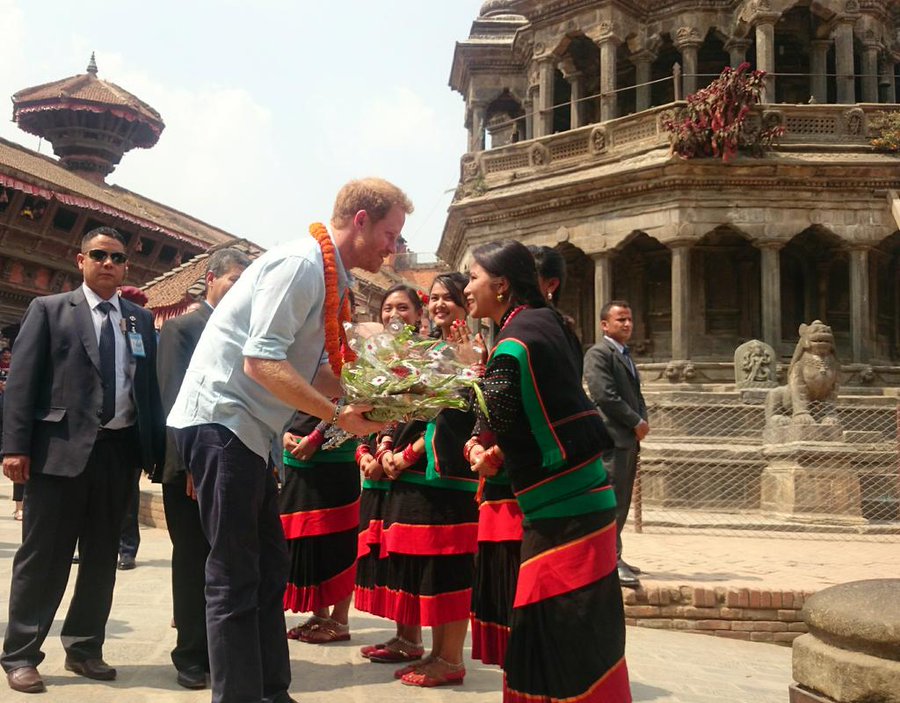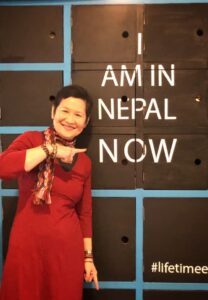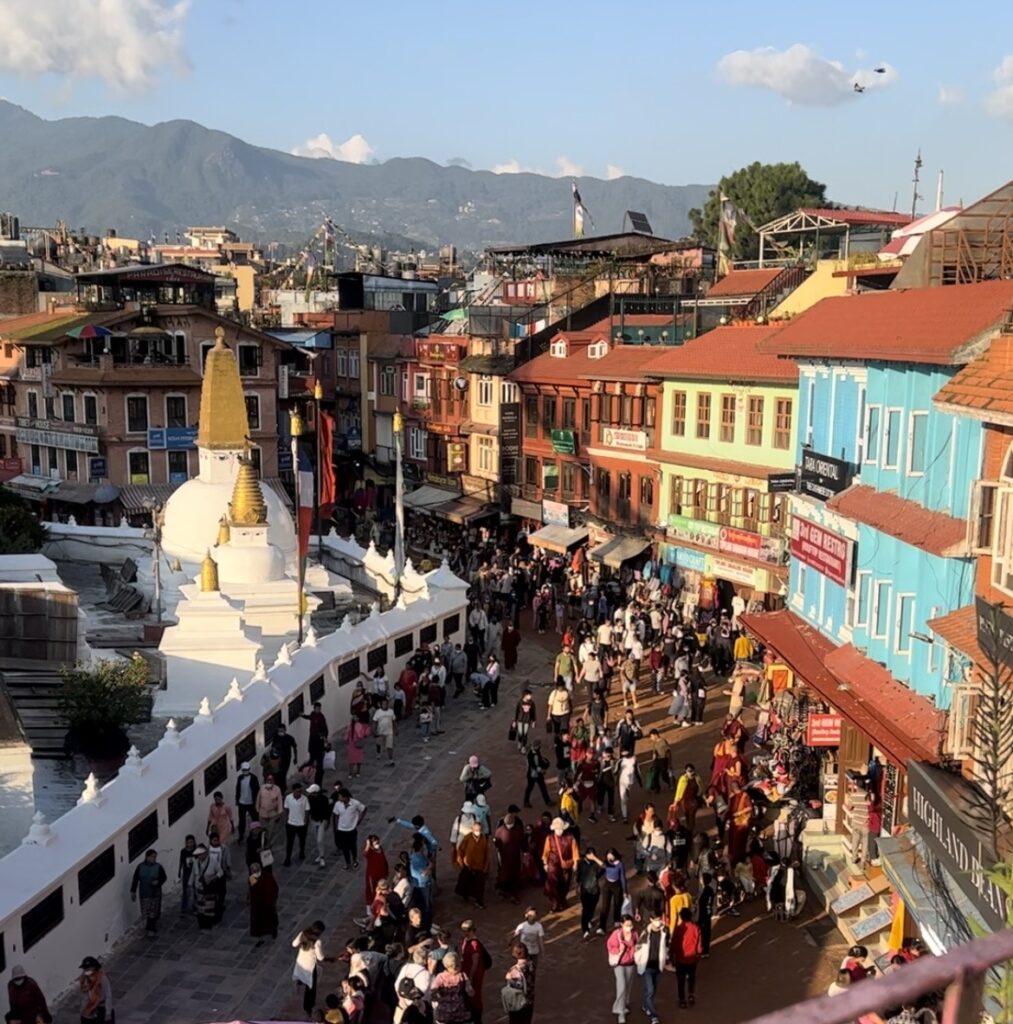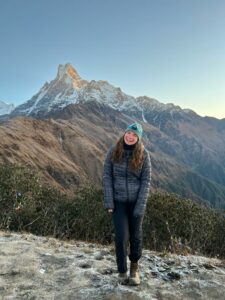What is the impact of natural disasters on tourism and how can the tourism industry itself promote recovery for the destination? Examining Nepal’s recovery following the Gorkha Earthquake in 2015, Jacqueline Harper shares insights into the role of tourism in disaster recovery, emphasizing the significance of swift recovery, effective destination marketing, strategic partnerships, and the opportunity to build back better through sustainable and community-focused approaches.
How tourism can help a tourist destination recover after a natural disaster
In the wake of the Maui fires, earthquakes in Morocco, a new 2023 quake in remote western Nepal, and other recent natural and manmade disasters, tourism officials have been contemplating when to resume their tourism operations. This dilemma is not uncommon. Re-opening too soon can endanger tourists’ safety; add pressure to already taxed infrastructure, accommodations, and resources; and re-traumatize residents when tourists ask how they were affected by the disaster. On the other hand, tourism and the resumption of business activities is urgently needed to fuel the speedy recovery and rebuilding of the devastated local economy.
The Gorkha Earthquake in Nepal is a case study of how tourism can aid in disaster recovery. On April 25th, 2015, the Gorkha region of Nepal was the epicenter of a 7.8 magnitude earthquake. Hundreds of aftershocks occurred for months afterward, leaving a serious impact on the country’s infrastructure, including many heritage sites that double as tourist sites. Thousands of people were injured and died. Damages cost approximately $7 billion USD, and impacted about one-third of the population. In terms of tourist arrivals, after 6 months, visitor numbers had declined by 42%.

1. There was a quick time frame for tourism to return to normal levels.
As shown in Figure 2 below, there was initially a decline in tourist arrivals following the earthquake. However, starting in 2016, tourist arrivals bounced back and continued to grow. In 2017, Nepal hit over one million international arrivals – a goal they set before the earthquake – and achieved a few years ahead of schedule. By 2018, Nepal was the third fastest-growing country in Asia based on tourist arrivals. Like many countries around the world, COVID-19 hit tourism in Nepal hard in 2020 and 2021; however, the number of arrivals is now back on the incline.

One of the keys to getting tourism started again after the earthquake was marketing and the media. Nepal Tourism Board (NTB), the country’s destination marketing organization, worked diligently to restore the country’s image following the earthquake. In the media, Nepal was being shown as being destroyed – places in ruins; collapsed temples; people in hardship – an unappealing image for travelers selecting their next destination. However, this narrative was not completely true. The earthquake impacted a few regions; only 31 of 75 districts were hard hit. The earthquake did not impact popular tourist destinations like Pokhara and Chitwan. This is where marketing and the media were key to bringing tourism back.
NTB invited celebrities in key market groups to come to Nepal and highlight its tourism offerings: Jackie Chan, David Beckham, and Prince Harry, to name a few. This sparked conversation in the international news and demonstrated to international markets that Nepal was once again open for tourism. Additionally, representatives from NTB were sent on international roadshows to promote Nepal to tourism agencies, who would then promote traveling to Nepal within their own countries.


These different methods allowed the NTB to rewrite the narrative of the country post-disaster and promote tourism once again.
3. Partnerships are key to disaster and tourism recovery.
The success of Nepal’s disaster recovery was also due to partnerships. NTB worked with news outlets like BBC, CNN, and TripAdvisor to get the message out that one could safely travel to Nepal. They also had financial and technical support from other countries like Japan International Cooperation Agency, China Aid, USAID to rebuild heritage sites. International Knowledge of tourism recovery came from PATA, the World Bank, and UNWTO to help with the tourism recovery. International partnerships were key for rebuilding and financing the recovery, but also marketing the country to foreign markets.
4. Disasters are an opportunity to build back better within the tourism industry.
Based on my observations, tourism is being promoted heavily post-earthquake and COVID-19 to attract as many visitors as possible. My main criticism of this process is that the NTB government is adopting the “heads in beds” strategy, in which they try to maximize growth by bringing in as many tourists as possible. Immediately following a disaster, this may be important to restarting an economy; however, once tourism has returned, it should not be the long-term strategy. Natural disasters are an opportunity to build tourism more responsibly. The NTB (and many DMOs around the world) should be incorporating sustainability and accessibility principles into their national and regional tourism strategies. As they are rebuilding the brand image of a destination post-disaster, there is an opportunity to make tourism better for the community in which it operates.

- After the devastating earthquakes in 2010 and 2011, Christchurch embarked on a journey of sustainable rebuilding. This involved not just reconstructing damaged infrastructure but doing so with an emphasis on eco-friendly and resilient designs. Many buildings incorporated modern earthquake-resistant features and energy-efficient technologies.
- A critical aspect of the recovery was the involvement of the local community. Residents were encouraged to participate in the decision-making process, allowing them to have a say in how their city would be reimagined. This engagement ensured that the rebuilt city reflected the desires and needs of the people who call it home.
- In the aftermath of the disaster, there was a concerted effort to support and promote local businesses. The “Shop the Sirens” campaign encouraged residents and visitors to shop at local stores, helping these businesses recover and thrive.
- The earthquake catalyzed Christchurch to become more resilient in the face of future disasters. The city implemented comprehensive disaster preparedness and risk reduction strategies to mitigate the impact of any future seismic events. By following the path of building back better, destinations can not only recover but emerge stronger, ensuring that the benefits of tourism extend to all and that they are better prepared to face any future challenges that come their way.
In conclusion, the case of Nepal’s recovery after the Gorkha Earthquake serves as a valuable lesson for destinations worldwide facing the aftermath of natural disasters. As we’ve seen, quick recovery in the tourism sector is possible with effective destination marketing, partnerships, and a clear message of safety and opportunity. Yet, it’s equally important for destinations to look beyond short-term recovery and use post-disaster periods to “build back better” by embracing a sustainable, community-centered approach. That means investing in eco-friendly infrastructure, supporting local businesses, engaging the community in decision-making, and integrating sustainability and accessibility principles into their tourism strategies.

Jacqueline Harper is a Masters of Environmental Studies in Geography student at the University of Waterloo in Canada. Her masters research focuses on looking at the role social and cultural capital plays in aiding tourism recovery in the Kathmandu Valley post-Gorkha earthquake. As an inspiring destination stewardship practitioner, Jacqueline hopes to work in tourism after grad school. As such, she has volunteered with the Destination Stewardship Center, researched the impacts of cruise vs layover tourism, and interned at the Center for Responsible Travel and Solimar International.

